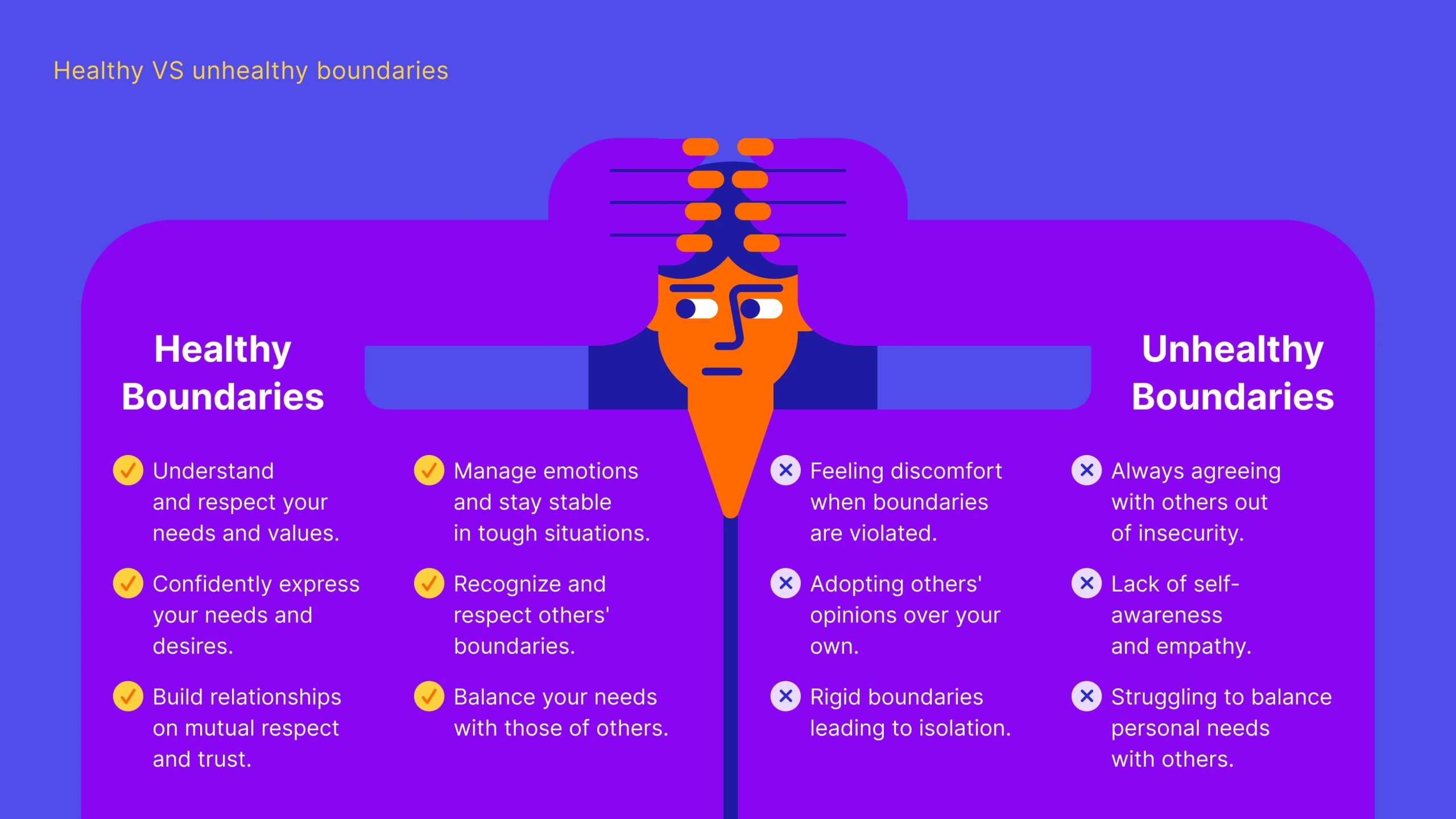In the fast-paced rhythm of modern life, meals often become just another item on the to-do list. We eat while checking emails, rushing between meetings, or scrolling through our phones. This hurried approach to eating not only diminishes the pleasure of food but also disrupts one of the most fundamental processes in the human body—digestion. Mindful eating, a practice rooted in awareness and intention, offers a compelling antidote. It invites us to slow down, engage with our meals, and in doing so, support better digestive health. For professionals navigating demanding schedules, understanding and applying the principles of mindful eating can be both a personal wellness strategy and a model for fostering healthier workplace cultures.
Digestion begins long before food reaches the stomach. The sight, smell, and even anticipation of a meal trigger physiological responses that prepare the body to process nutrients. When we eat mindlessly—distracted or stressed—these preparatory signals are muted. The body may not produce adequate saliva, stomach acid, or digestive enzymes, all of which are essential for breaking down food efficiently. Over time, this can lead to bloating, indigestion, and nutrient deficiencies. Mindful eating, by contrast, activates these responses through deliberate engagement. Taking a moment to appreciate the aroma of a dish or the texture of a bite can enhance enzymatic activity and optimize nutrient absorption. It’s a subtle shift, but one with profound implications.
Consider the experience of a business executive who routinely eats lunch at their desk while reviewing reports. The meal, though nutritious on paper, is consumed quickly and without attention. Compare this to a scenario where the same individual steps away from their screen, sits down in a quiet space, and eats slowly, savoring each bite. The latter not only improves digestion but also creates a mental pause—a moment of restoration in an otherwise hectic day. This isn’t just about health; it’s about performance. When digestion is smooth and energy is stable, cognitive function improves. Decision-making becomes sharper, and stress levels decrease. In this way, mindful eating becomes a strategic asset, not just a wellness trend.
The psychological dimension of mindful eating is equally important. Many digestive issues are exacerbated by stress, which alters gut motility and increases inflammation. By cultivating a calm, focused approach to meals, individuals can mitigate these effects. The act of eating becomes a form of meditation, grounding the mind and body in the present moment. This is particularly relevant in high-pressure environments where stress is a constant companion. Encouraging mindful eating practices—whether through designated meal breaks, quiet dining areas, or wellness initiatives—can help organizations support their teams in tangible, meaningful ways.
Cultural attitudes toward food also play a role in how we digest. In some societies, meals are communal and leisurely, with conversation and ritual enhancing the experience. In others, efficiency and convenience dominate, leading to quick bites and minimal interaction. Businesses operating across borders must be attuned to these differences, especially when designing wellness programs or catering services. A company that offers healthy meals but fails to create space for mindful consumption may miss the mark. It’s not just what we eat, but how we eat that matters. Recognizing this can lead to more thoughtful policies and a deeper connection with employees and clients alike.
Technology, while often a distraction, can also be a tool for promoting mindful eating. Apps that track meals, encourage slow chewing, or offer guided eating meditations are gaining popularity. These tools can help individuals build awareness and establish new habits. However, the goal is not to replace intuition with metrics, but to use technology as a bridge toward greater self-awareness. Businesses exploring digital wellness solutions should consider integrating mindful eating components, especially in sectors where long hours and sedentary routines are common. The return on investment may not be immediate, but over time, improved digestion and reduced stress can translate into lower healthcare costs and higher productivity.
Mindful eating also intersects with sustainability and ethical consumption. When we pay attention to our food, we become more curious about its origins. Questions about sourcing, preparation, and environmental impact naturally arise. This awareness can influence purchasing decisions, both at the individual and organizational level. Companies that align their food offerings with mindful values—local sourcing, seasonal menus, minimal waste—send a powerful message about their commitment to holistic well-being. It’s a way to connect the dots between personal health, corporate responsibility, and global impact.
Ultimately, the art of mindful eating is not about perfection. It’s about presence. It’s about choosing, in each moment, to honor the body’s needs and the food’s journey. For business leaders, this practice offers more than digestive benefits—it’s a metaphor for intentionality, for leading with clarity and care. In a world that often rewards speed and multitasking, mindful eating reminds us that some things—like nourishment—deserve our full attention. And in giving that attention, we not only improve our digestion but also rediscover the simple joy of being fully alive.





